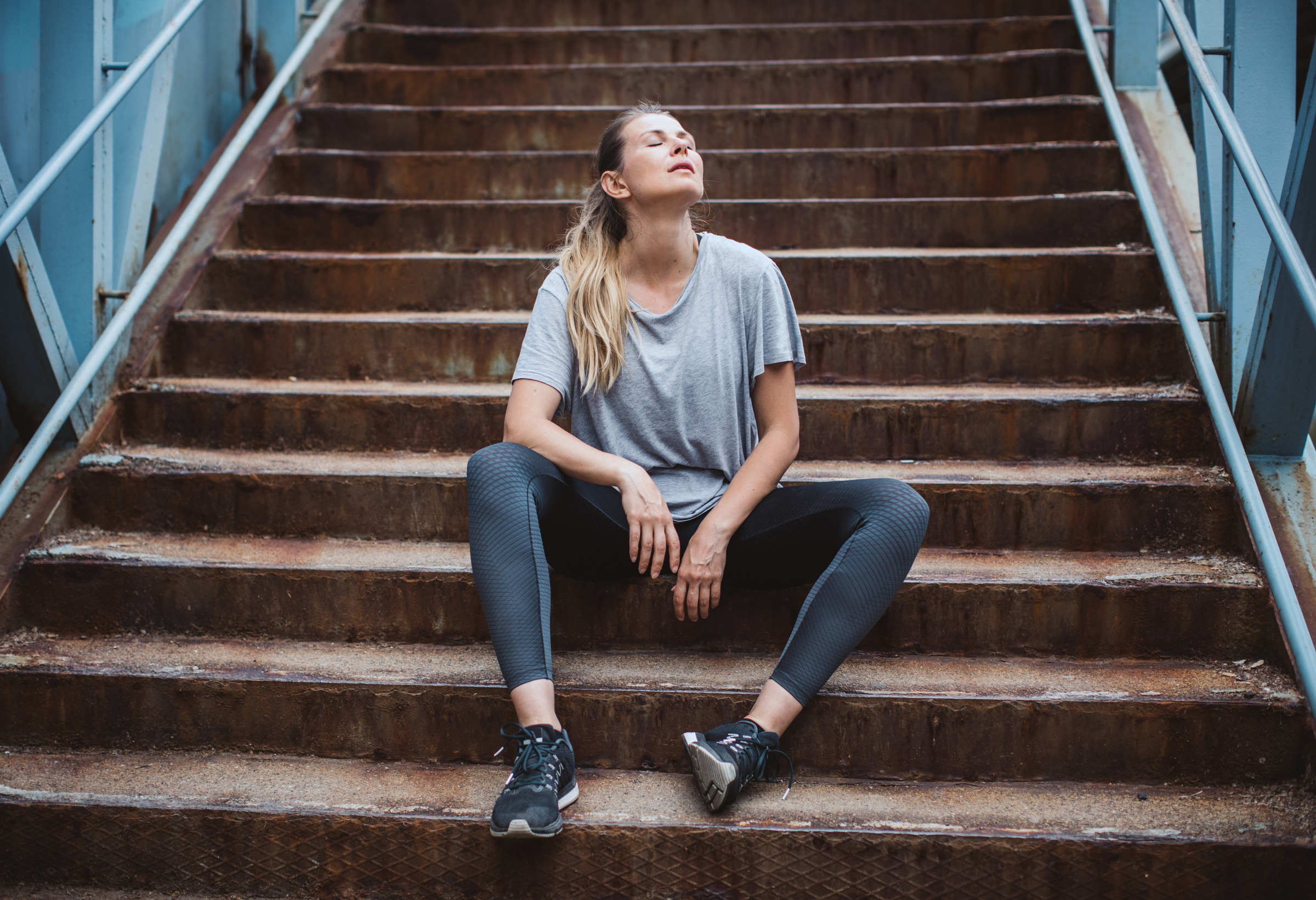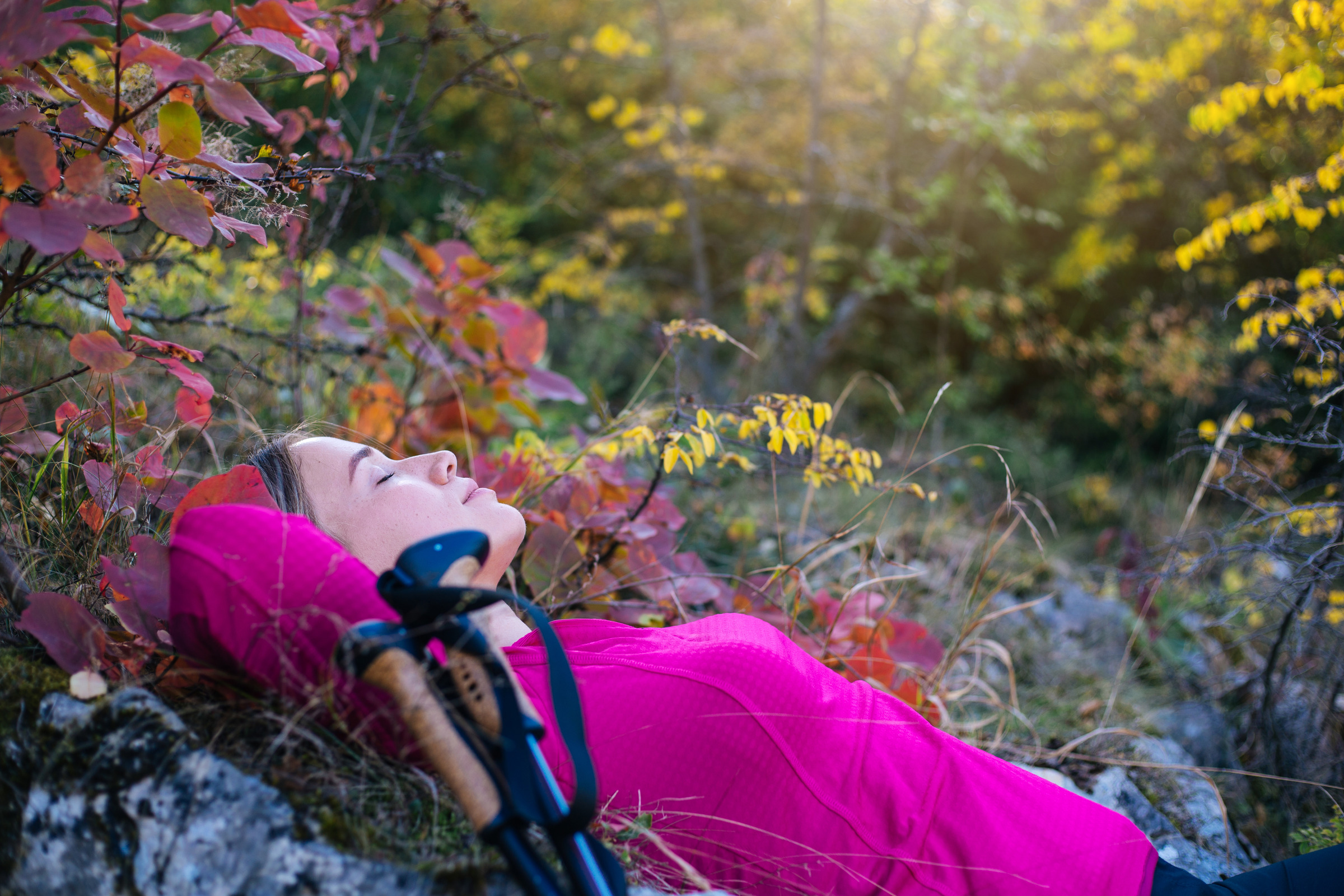What the pandemic has done for humanity is force our focus on preserving precious resources. Oxygen is the one thing all life depends on and it too is under threat from pollution and climate change. Access to vital resources like clean air has diminished rapidly in areas of high population and poverty—exasperating breathing problems, including the symptoms of covid-19. The humanitarian crisis in India is a pronounced example of this—where dirty air and a lack of medical oxygen has intensified the deadly effects of the pandemic.
The insidious erosion of air quality as Earth’s atmosphere becomes increasingly contaminated with pollution (indoors and out) is effecting people around the world in different ways. Compromising more than just our respiratory health, long-term exposure to toxic gases and particles in our environment can lead to the onset of cognitive decline, trigger immune responses in the nervous system, contribute to the development of metabolic, renal and cardiovascular diseases.
Besides air quality, how we breathe also plays a vital role in supporting the integrity of our physical and emotional wellbeing. When breathing is shallow or obstructed, the body receives insufficient oxygen to function optimally—so, learning to breathe effectively is just as important to our health as investing in environmental conservation—addressing carbon omissions, deforestation, ocean pollution and other interrelated catalysts compromising our atmosphere.
In this article author and teacher of the Alexander Technique, Richard Brennan shares techniques for improving posture and natural breathing rhythms to ease common lifestyle and habitual respiratory problems.
‘The Alexander Technique gives us all the things we have been looking for in a system of physical education; relief from strain due to maladjustment and consequent improvement in physical and mental health; and along with this a heightening of consciousness on all levels. We cannot ask more from any system; nor, if we seriously desire to alter human beings in a desirable direction, can we ask any less.’ ~ Aldous Huxley
To say we are living in strange times is an understatement. Covid 19 has made us very apprehensive about our breathing because of the possibility that we may breathe in the virus leading to possible suffering or death. But breathing is our main life support as we cannot live for more than a few minutes without air. We actually take over 20,000 breathes a day so let’s see how we can breathe more effectively and efficiently—with or without a mask!
About 130 years ago a little known actor from Tasmania developed a voice and breathing problem and in the process of solving his own predicament he also developed a technique for universally helping people to improve posture and breathing. He became known as ‘The Breathing Man’ because all who came to him claimed they could breathe deeper and easier. But what is this mysterious technique? I hear many people say. The Alexander Technique is simply a method of self-awareness on many levels. It is very practical and can be understood by anyone, yet at the same time it is very profound. It is a way of improving balance, posture and co-ordination by becoming conscious and releasing habitual tension both of the body and the mind.
Many people think that the Alexander Technique involves improving posture by sitting up straight. Nothing could be further from the truth. Simply by becoming aware and releasing the unconscious tension from our body we start to sit stand and move through life with greater ease. It can dramatically help prevent or alleviate backache, neck pain, arthritis, insomnia, depression, asthma as well as a whole range of physical aches and pains that are so common in our society today. As these tensions are released, so are many of the thoughts that hold us back from being who we truly are. Emotions that may have been trapped within our body for decades can gently and safely be released. If the body is functioning well then our immune system is also working more effectively which is actually the most important factor when it comes to fighting diseases including Covid 19.
Alexander’s discoveries proved that good posture is an integral part of having efficient and beneficial breathing a clear mind, and freely moving body. The simple act of breathing is often unconsciously interfered with. Poor posture and misuse of the body can cause an over-tensing of the entire muscular system; this can affect the functioning of the ribcage, the lungs, and even the nasal passage, mouth and throat (trachea) through which the air passes. Muscle tension can also produce a general ‘collapsing’ or slumping of the whole torso, which can result in a massive restriction in the lungs’ capacity to take in air, leading to fast or shallow breathing. We then have to make an extra effort in order to take in sufficient air. In short, we can make the effortless act of breathing very hard work. This extra exertion goes largely unnoticed, because over the years we have become accustomed to our shallow and strained breathing; this is the way we have breathed for many years and it will therefore feel ‘normal’ and ‘right’ to us. The only time we clearly experience the detrimental effects is when we exert ourselves (e.g. running for a bus or climbing stairs).

The interference of the respiratory system can sometimes be traced back to early childhood or even to the first few days of life if the shock of birth was traumatic, but it usually starts around the age of five or six because of the posture we have to adopt when bending over school desks. We are forced to hold these ‘set’ positions for a great many hours during most of our developing years, and the poor posture which subsequently develops causes ungraceful, uncoordinated or even clumsy movements and restricted breathing patterns.
These detrimental respiratory habits may go unnoticed during childhood or adolescence, but we can easily see the effects of shallow breathing in adulthood as they become more ingrained and accentuated. In severe cases, it is possible to observe adults unnecessarily rising and lowering their shoulders while inhaling and exhaling, while others fix the ribcage, hold their abdominal muscles rigid and then lift and collapse the chest in order just to breathe. By comparison, if you observe a baby or young child you may notice how much their abdomen and ribcage move in and out rhythmically with each breath. The rest of the body remains in a state of relaxation as they take in air and expell it almost effortlessly.

You can easily bring about an improvement to your breathing by just being attentive about how you breathe—without consciously trying to change it. Take a moment to lie down and become aware of your breathing. The reason for lying down is so that your muscles are more relaxed, encouraging your breath to be freer and making it easier to detect tension in the body.
As you are lying, it may be helpful to ask yourself the following questions:
How rapid is my breathing?
How deeply do I breathe?
What is the rhythm of my breathing pattern?
Are my ribs moving as I breathe? If so, which part of the ribcage is moving the most?
It is crucial that you do not deliberately alter the way you breathe; just simply notice the inhalation and the exhalation, as this is enough to bring about a favourable change. By becoming aware of tension and then releasing it, you will breathe more naturally.
Be aware of your breath as it travels in through your nose, down your throat and into your lungs. By just being conscious of your breathing will bring about helpful changes of which you may not even be aware. It is important to remember that trying to change your breathing in any way will interfere with the body’s natural processes.
Extending the out breaths
After a few minutes of self-observation you might like to try the following exercise:
- Gently blow out some air—this should be done in the same way as if you were blowing bubbles. If you blow too hard or too quickly you will only be tensing muscles which will in turn interfere with your breathing.
- Blow out as long as you can without straining or running out of breath.
- When you have finished blowing out just pause for a few seconds for the air to automatically return by itself, but make sure you do not hold your breath or interfere with the innate breathing reflex.
- Repeat this process six or seven times and you may well find your breath will be longer, deeper and easier.
- Practise this several times a day to encourage the habit of deeper breathing.
Gently blowing out your breath will empty the lungs of more CO2 than usual and create a natural vacuum in the lungs so that the next inhale will happen by itself without you doing anything.
Richard Brennan is the director of the Alexander Technique Centre in Galway, Ireland. He lectures extensively throughout Europe and the USA, and has been teaching the Alexander Technique for over 25 years. His books include, How To Breathe, The Alexander Technique Manual, and Change Your Posture — Change Your Life.



















